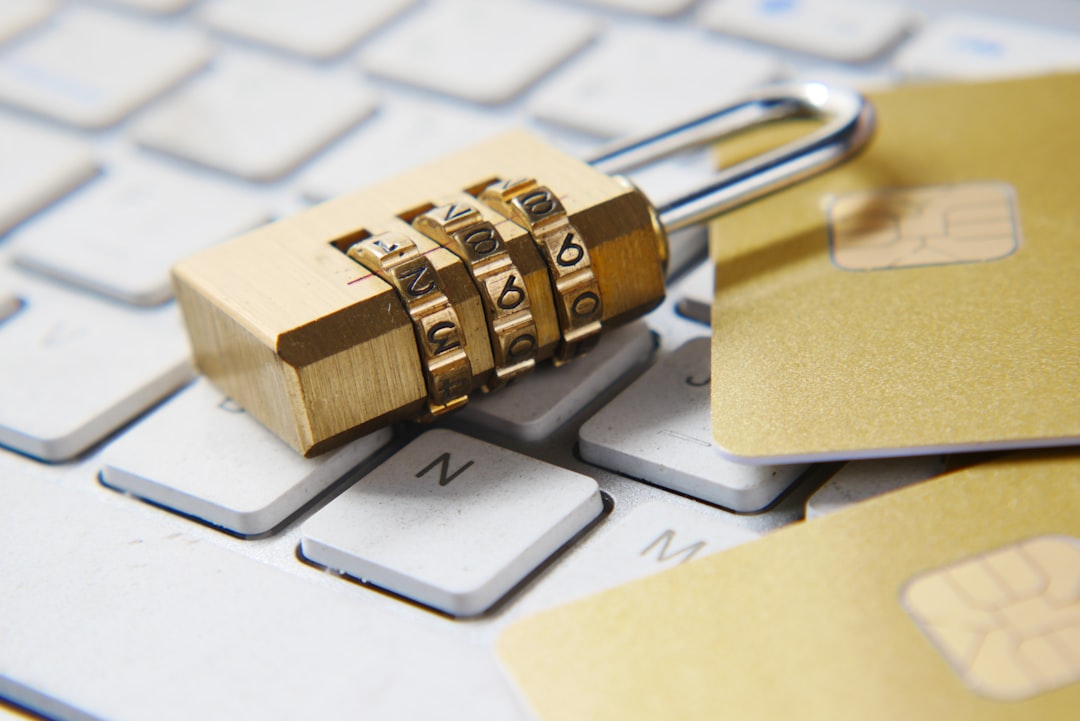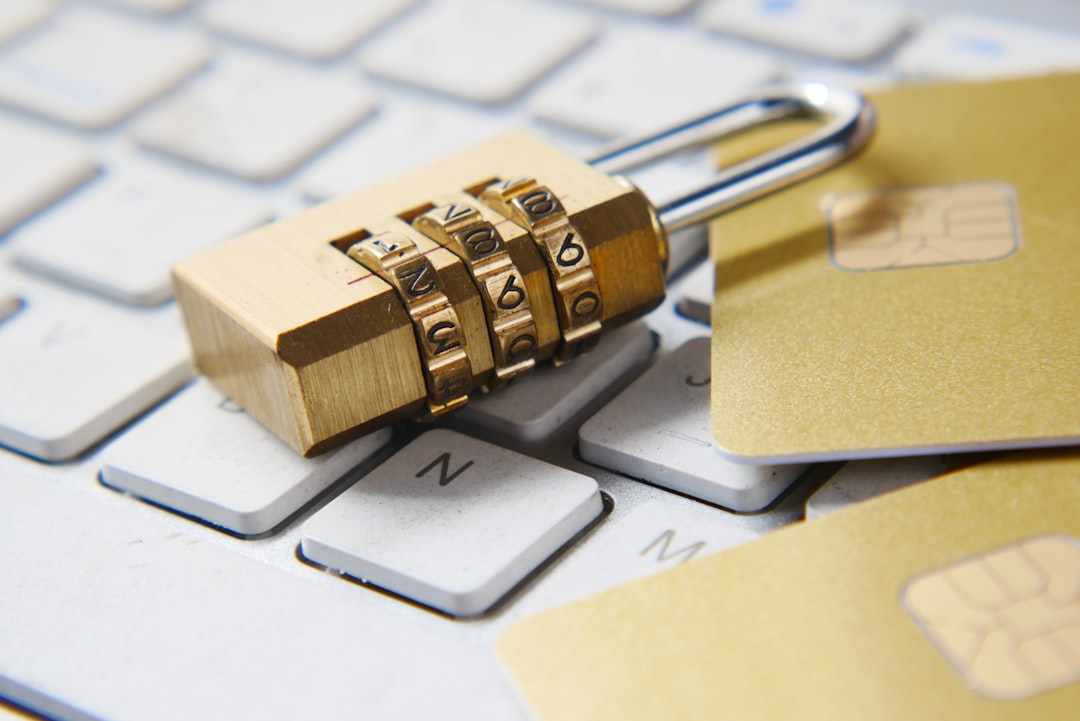Email remains one of the most widely used methods of communication in both personal and professional settings. However, as cyber threats continue to evolve, individuals and organizations must take proactive steps to protect their sensitive information. One of the most effective ways to do this is by implementing strong email encryption practices. A robust email encryption setup secures private communications, prevents data breaches, and ensures compliance with regulatory requirements.
What Is Email Encryption?
Email encryption is a technique used to protect the content of emails from unauthorized access during transit. It transforms the readable content of an email into coded text that can only be decoded by the intended recipient with the proper decryption key. Without proper encryption, emails can be intercepted, read, or altered by malicious actors as they travel across the network.
Why Email Encryption Matters
With cybercrime on the rise, encrypted emails help mitigate the risk of:
- Data breaches: Unauthorized access to email content can lead to leaked confidential or proprietary information.
- Identity theft: Emails carrying sensitive details like social security numbers or bank information can be intercepted.
- Non-compliance: Regulatory frameworks such as HIPAA, GDPR, and FINRA require organizations to ensure that sensitive data is protected in transit.
Implementing email encryption is not just a best practice—it’s a necessity in today’s digital world.
Types of Email Encryption
Before setting up encryption, it’s important to understand the two main types:
- End-to-End Encryption (E2EE): Only the sender and the specified recipient can read the contents. Popular protocols include PGP (Pretty Good Privacy) and S/MIME (Secure/Multipurpose Internet Mail Extensions).
- Transport Layer Security (TLS): This encrypts the email as it travels between mail servers. While helpful, TLS does not encrypt the message content on the server or in the inbox.
Best Practices for Setting Up Email Encryption
To maximize the effectiveness of your email encryption efforts, follow these best practices:
1. Assess Your Encryption Needs
Start by identifying the types of data you need to protect. Emails that include financial data, healthcare information, or legal documents often require the strongest encryption methods.
This helps you determine whether to use basic TLS or invest in end-to-end encryption systems like PGP or S/MIME. For businesses subject to regulation, stricter encryption standards are often mandatory.
2. Choose the Right Encryption Method
Depending on your needs, you can implement:
- PGP: Ideal for individuals and organizations requiring high privacy. Involves generating public and private key pairs.
- S/MIME: Best suited for enterprise environments. It uses digital certificates issued by a Certificate Authority.
- TLS: Typically enabled by default in most modern email providers but should be verified and enforced when sending sensitive data.
Many email providers offer built-in encryption features. Ensure that these tools meet your security requirements.

3. Use Digital Certificates
If you’re implementing S/MIME, you’ll need to obtain a digital certificate from a trusted Certificate Authority (CA). This certificate verifies your identity and is necessary for sending signed and encrypted emails.
Steps to set up S/MIME:
- Purchase or obtain a digital certificate.
- Install the certificate in your email client (e.g., Outlook, Apple Mail).
- Configure settings to sign and encrypt outgoing messages.
4. Train Your Team
Even the most secure systems can be compromised by user error. Educate your team about encryption, required practices, and the importance of securing email attachments and passwords.
Recommendations for training:
- Hold regular cybersecurity training sessions.
- Run simulated phishing attacks.
- Develop clear encryption policies and guidelines.
5. Manage Encryption Keys Securely
Your encryption is only as secure as your key management practices. Store private keys in encrypted vaults and restrict access to authorized personnel only.
Regularly rotate encryption keys and have a backup mechanism for key recovery. Consider using a dedicated Key Management System (KMS) to automate and secure this process.
6. Enable Two-Factor Authentication (2FA)
While not a form of encryption per se, two-factor authentication adds an extra layer of security at the email login level. This helps prevent unauthorized access to encrypted emails through compromised credentials.
Recommended 2FA methods include:
- Authenticator apps (TOTP)
- Hardware security tokens
- Biometric verification
7. Use Secure Email Gateways
Secure Email Gateways (SEGs) can facilitate the automatic encryption of emails based on predefined policies. This ensures consistent application of encryption without relying solely on the end-user’s discretion.

Organizations dealing with large volumes of emails should consider implementing SEGs that integrate with Data Loss Prevention (DLP) to scan incoming and outgoing messages for sensitive data.
Verifying Encryption Effectiveness
Once your system is configured, it’s vital to periodically verify that encryption is functioning as expected. Perform regular security audits and use tools that can validate that your messages are encrypted in transit and at rest.
Useful steps include:
- Sending test emails between users to confirm encryption functionality
- Utilizing online tools or plugins to verify TLS status
- Reviewing server logs and audit trails for anomalies
Common Pitfalls to Avoid
While setting up encryption, be mindful of these common mistakes that could undermine your data security goals:
- Relying solely on TLS: While TLS protects data in transit between servers, it doesn’t encrypt emails at the endpoints.
- Failing to verify recipient keys: Especially with PGP, ensure that you’re using the correct public key to avoid unauthorized message access.
- Leaving devices unlocked: Encrypted messages can still be visible if a device is left unattended and accessible.
Regulatory Considerations
Failure to implement proper email encryption could result in legal and financial consequences, especially for businesses operating in regulated industries. Compliance requirements include:
- HIPAA (Health Insurance Portability and Accountability Act): Requires healthcare providers to secure protected health information (PHI).
- GDPR (General Data Protection Regulation): Mandates the protection of EU citizens’ private data with fines for non-compliance.
- FINRA (Financial Industry Regulatory Authority): Requires encrypted communication for investment firms that share sensitive customer information.
Conclusion
Email encryption is not an optional feature—it is a foundational element of any secure communication strategy. By understanding your organization’s needs, implementing effective encryption methods such as PGP or S/MIME, and educating your users, you can dramatically reduce the risk of data breaches and ensure the confidentiality of sensitive information.
In today’s data-driven world, securing communication channels is not just a technical requirement, but a trust commitment to stakeholders, customers, and partners. Through proper encryption tools and vigilant practices, you can protect against evolving cyber threats and maintain data integrity across all communication touchpoints.
